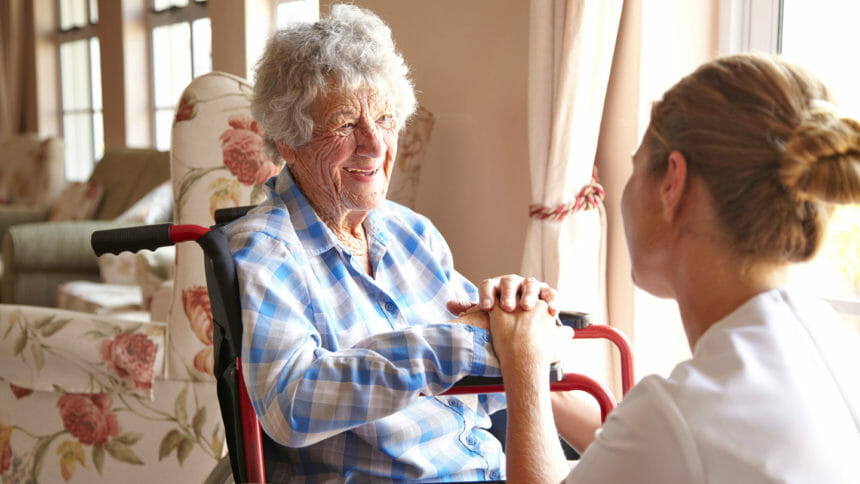
The Affordable Care Act Section 6102 (c) requires the Centers for Medicare & Medicaid Services (CMS) to establish standards for a new Quality Assurance and Performance Improvement (QAPI) program in nursing facilities. QAPI regulations (not yet released by CMS), will add the component of ongoing organization-wide performance improvement activities to existing quality assurance standards at F 520. The law also requires CMS to provide technical assistance to nursing facilities for meeting the new QAPI program standards. So for those that thought it was a “rinse and repeat” of QA+A – think again!
Nursing facilities must submit written QAPI plans to CMS one year after promulgation of the regulation. This regulation will be in addition to current QAA standards. Look to CMS’ two-year demonstration project for tips on how you might implement QAPI guidelines and the support required. The providers in the demonstration tested and evaluated the project tools and materials that will ultimately make their way to the QAPI website, http://go.cms.gov/Nhqapi.
Check out the “Five Elements of QAPI” available on the QAPI website.
Element 1: Design and Scope
Element 2: Governance and Leadership
Element 3: Feedback, Data Systems and Monitoring
Element 4: Performance Improvement Projects (PIPs)
Element 5: Systematic Analysis and Systemic Action
At first, these may seem like ubiquitous buzzwords but dig a little deeper. That is the first step to success with QAPI! The first element, Design and Scope, states a comprehensive facility QAPI plan should include the areas of clinical quality, quality of life, resident choice, and care transitions (there‘s that rehospitalization again). QAPI puts attention on best practices and methods necessary for implementing and sustaining an effective performance management system that is organization-wide. Using available resources supplied by CMS as well as applying evidence-based practices facility-wide will point you in the right direction.
With Element 2, QAPI shifts the focus to organization-wide involvement in continuous improvement activities that are data-driven. The governing body and/or administration of the nursing home develop and lead the program with input from staff, residents and their families. The program should focus on a culture of safety and resident-centered choice while leadership creates a “just” environment that promotes accountability of all staff through facility-wide participation and education. Brace yourself: This is not something you can delegate to middle managers or the QA/Infection Control/MDS nurse.
Remaining elements, 3- Feedback, Data Systems and Monitoring, 4- Performance Improvement Projects (PIPs), and 5-Systematic Analysis and Systemic Action, call for thoughtful systems to be in place to monitor care and services that include multiple data sources monitoring a wide range of processes. However remember: garbage in garbage out.
· Ensure you utilize a system for monitoring and auditing the accuracy of your MDS data, which drives key outcome areas such as; CMS’ Quality Measures, Medicare reimbursement, rehospitalization rates, and resident care assessment and risk management.
· Staffing play a critical role in facility level outcomes, and it’s not just “more more more”. Utilize staffing analytics that align resident medical/functional needs with staffing recommendations and monitor staff, competencies, satisfaction and retention with appropriate benchmarks.
· Be vigilant regarding correction of standard health and complaint survey deficiencies and ensure the deficient practice does not recur by continuously monitoring and trending outcome data.
QAPI is not the love child of QA+A and QI, but it certainly is related to both with a little Six Sigma thrown in for good measure. Be prepared and make good use to this requirement. You WILL WIN in the end if you authentically embrace it.
Steven Littlehale is a gerontological clinical nurse specialist, and EVP and chief clinical officer at PointRight Inc..




